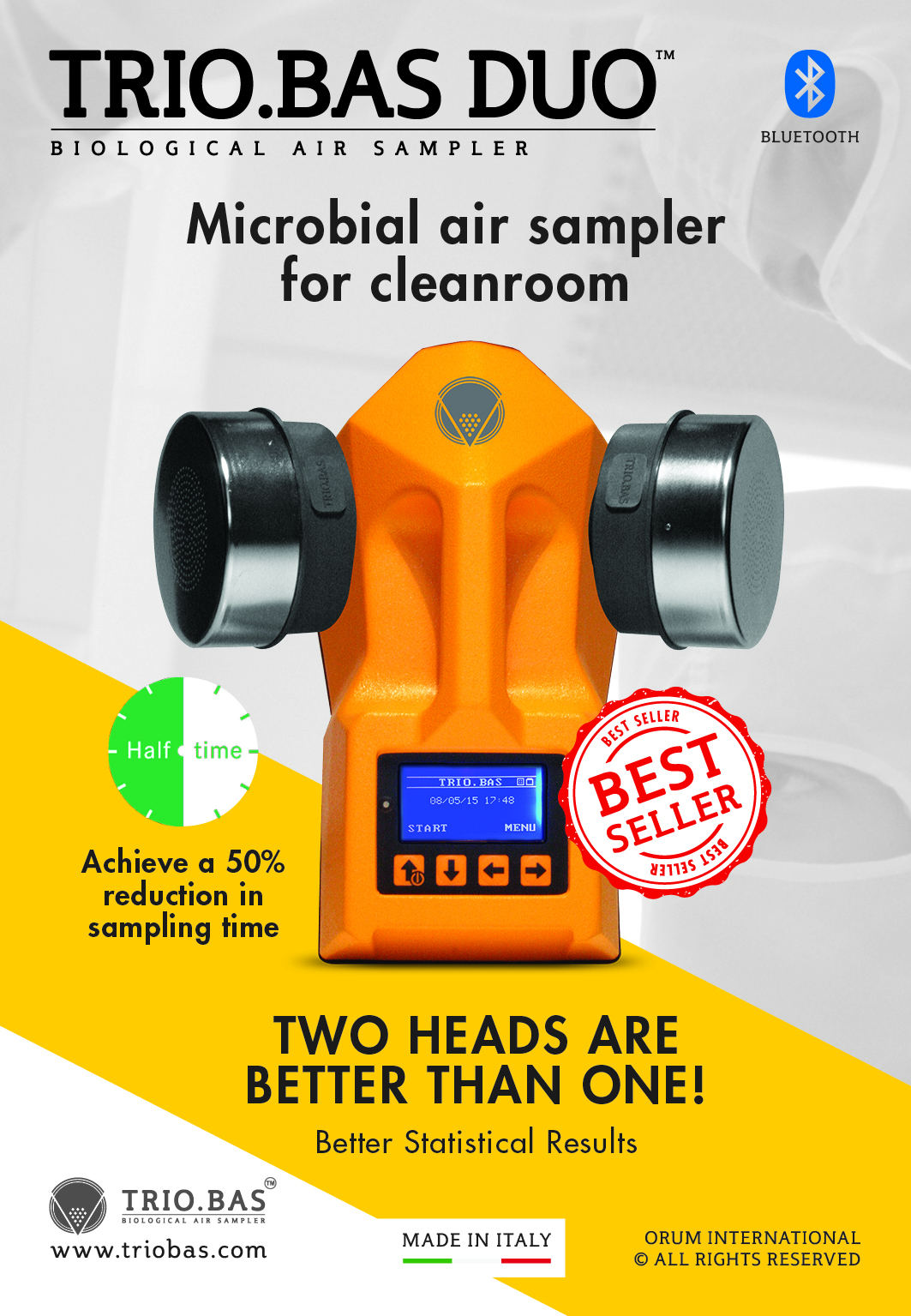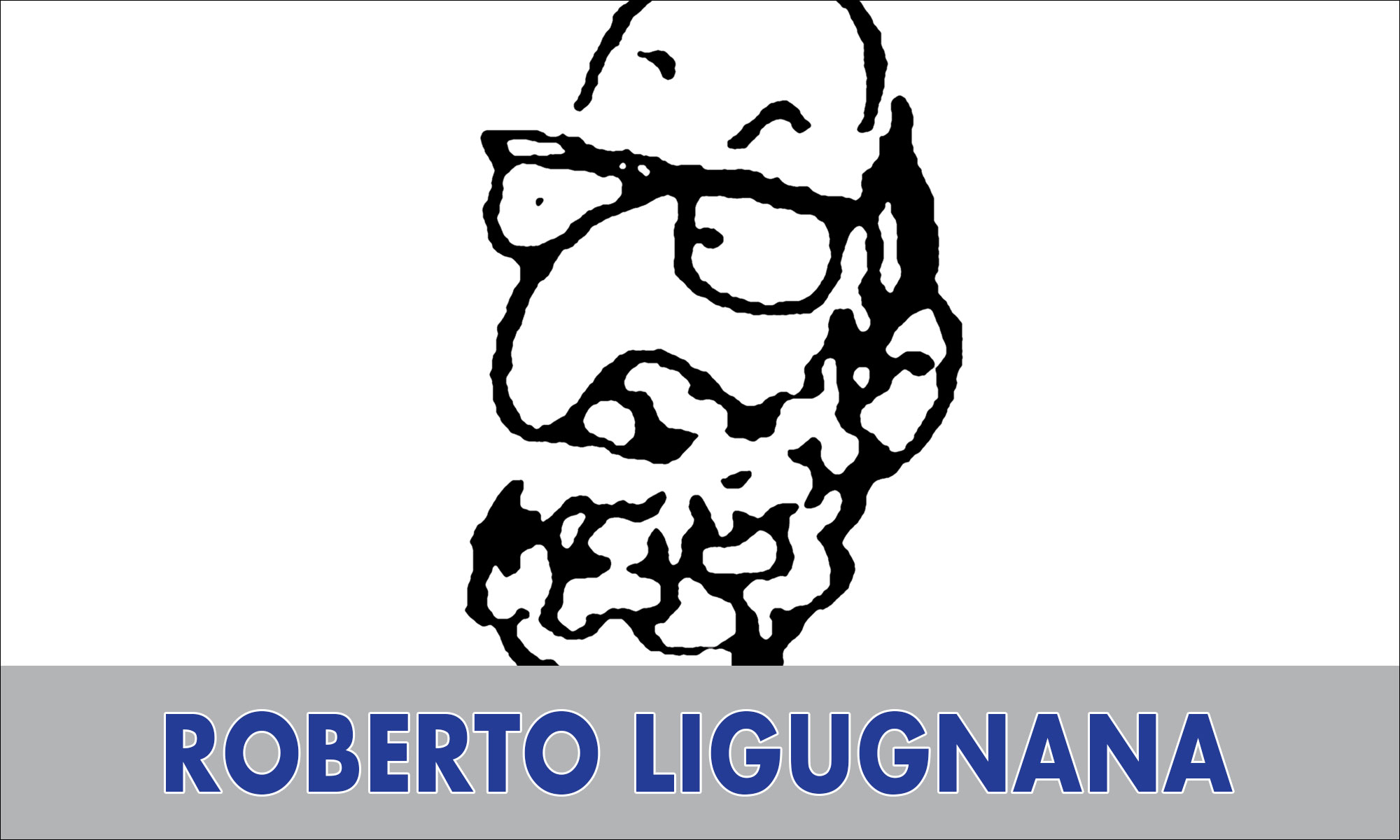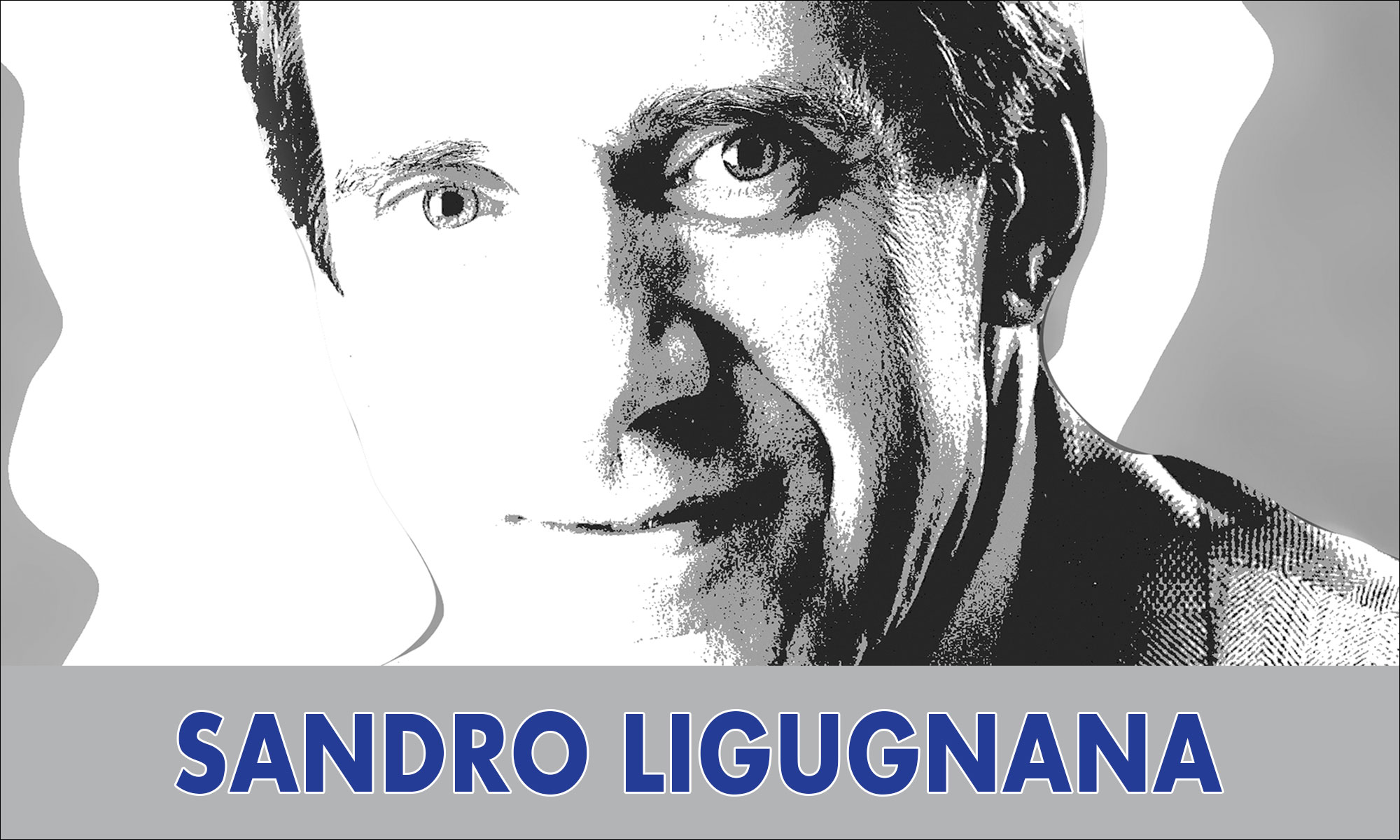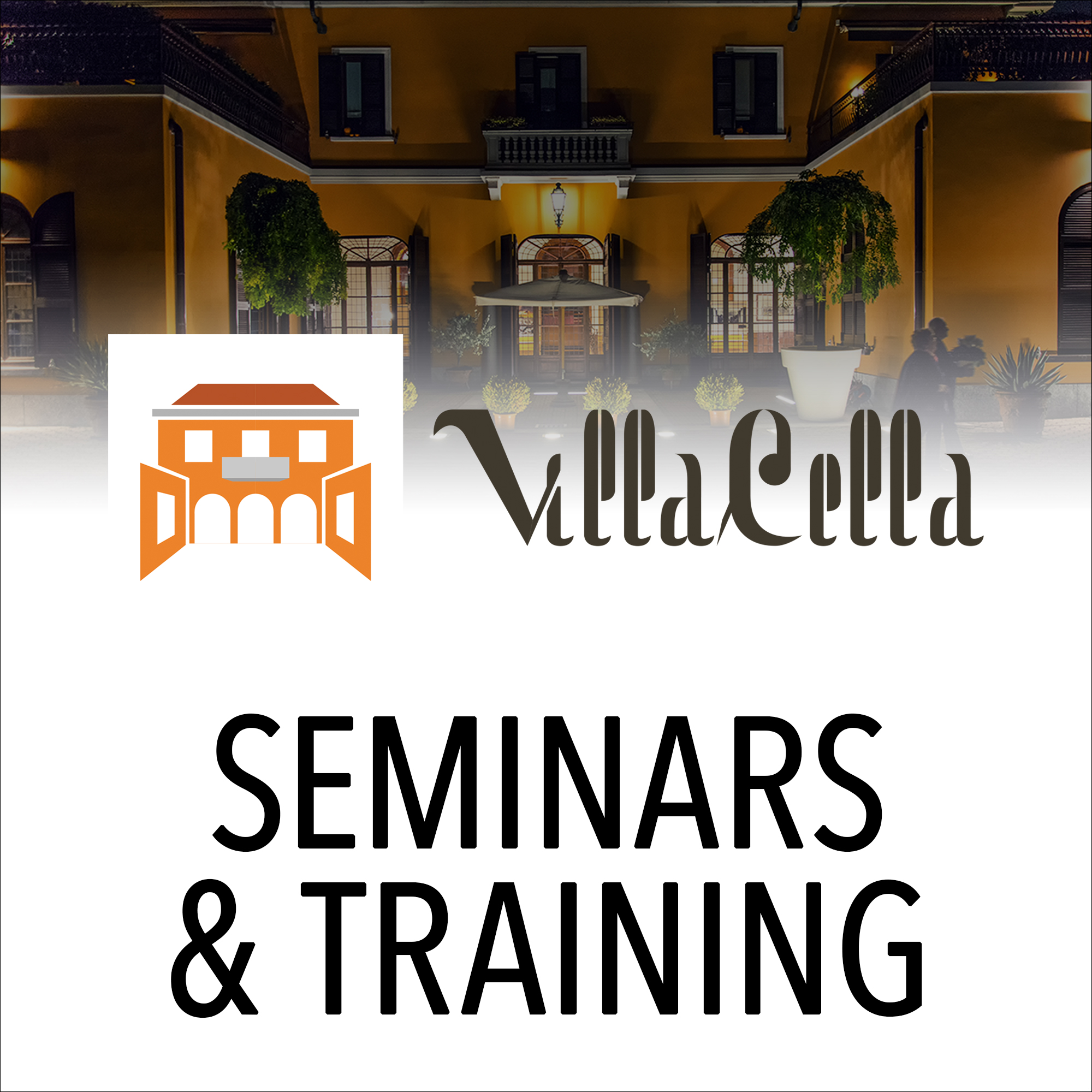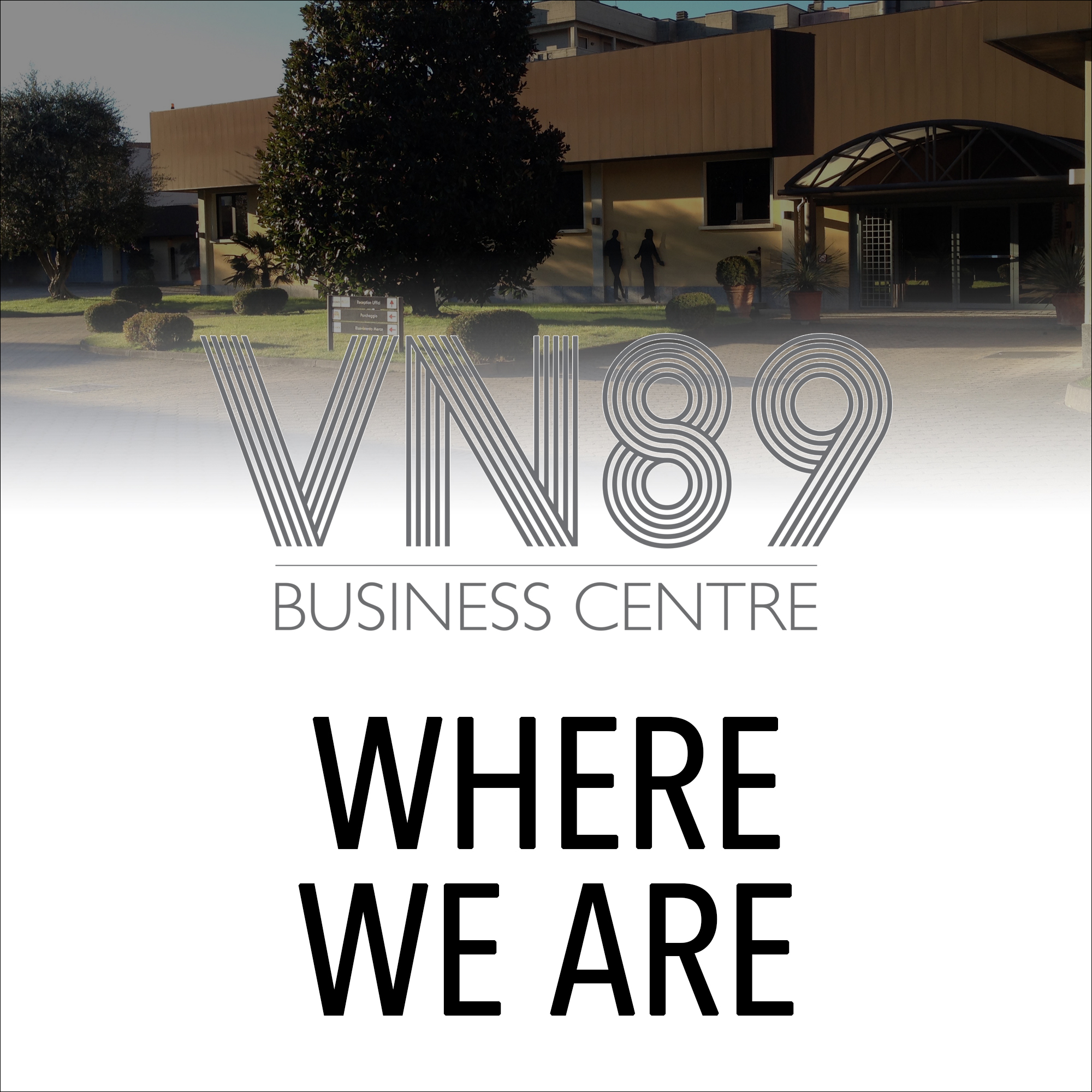Fire risk
Managing the risks of fire or explosion
Abstract
Use of high-risk substances and processes in cleanrooms means mitigating hazards such as fire and explosion. Duri Barblan, Siemens Building Technologies, considers the safety issues and offers some solutions.
For contamination-sensitive products, the cleanroom is at the heart of production. Dust, micro-organisms or smoke can all adversely affect sensitive production processes and product quality. Ensuring personal safety is also a major challenge. Active agents in pharmaceutical production facilities, dangerous pathogens in a security lab, flammable cleaning substances and toxic chemicals in a semiconductor plant are all fundamental safety risks for staff and the environment. Although potentially dangerous, they are nevertheless unavoidable components within the processes and, as such, must be reliably brought under control. It is widely acknowledged that safety is never absolute. According to a generally accepted definition (ISO/IEC Guide 51:1999), safety is the absence of unacceptable risk. Consequently, companies and organisations must identify and evaluate all potential risks, as well as define and continuously review the levels of acceptance. The ISO 31000:2009 standard provides the necessary methods for managing all possible risks. Project-specific sources of danger can be determined by analysing and evaluating the risks. These risks can be managed with a sufficient combination of organisational (e.g. processes training), structural (room and facility structures) and technical measures. Due to high-risk substances and processes or the most stringent quality standards, cleanroom environments, in particular, must meet extremely strict requirements when it comes to personal safety and product and environmental protection, as illustrated by the following examples. –










